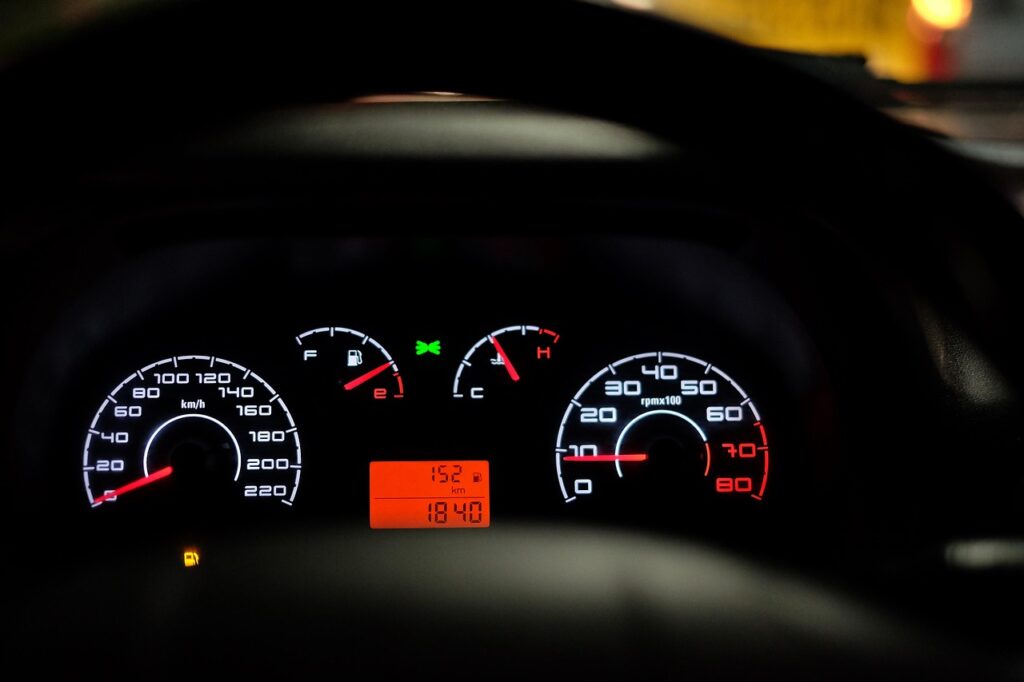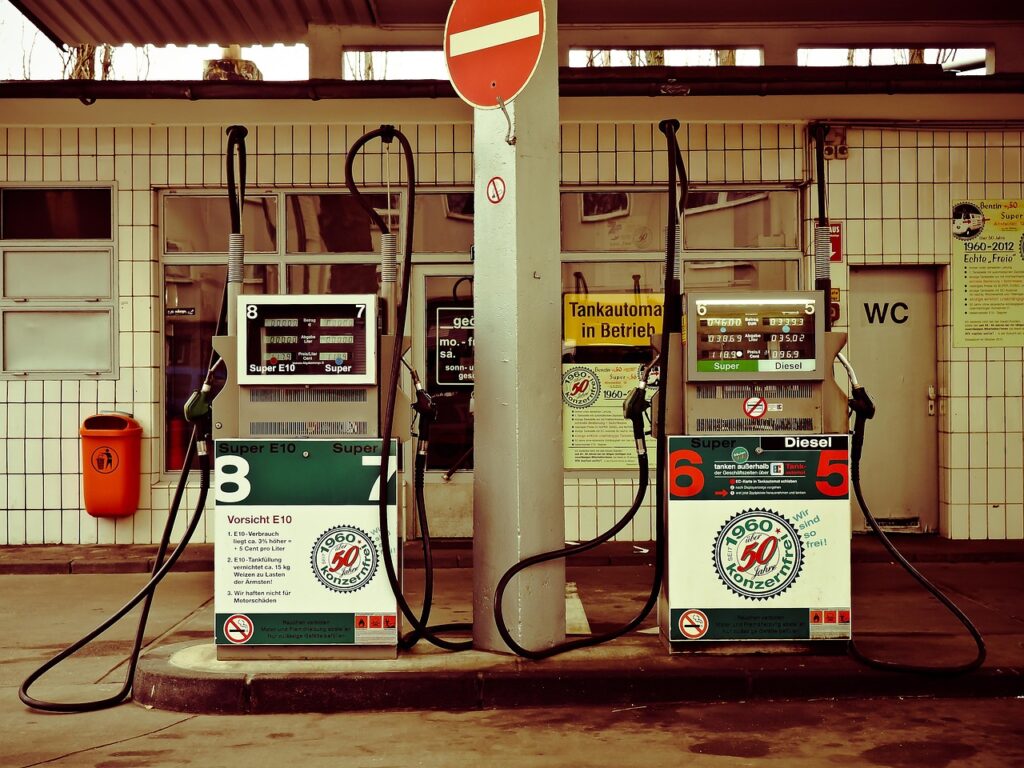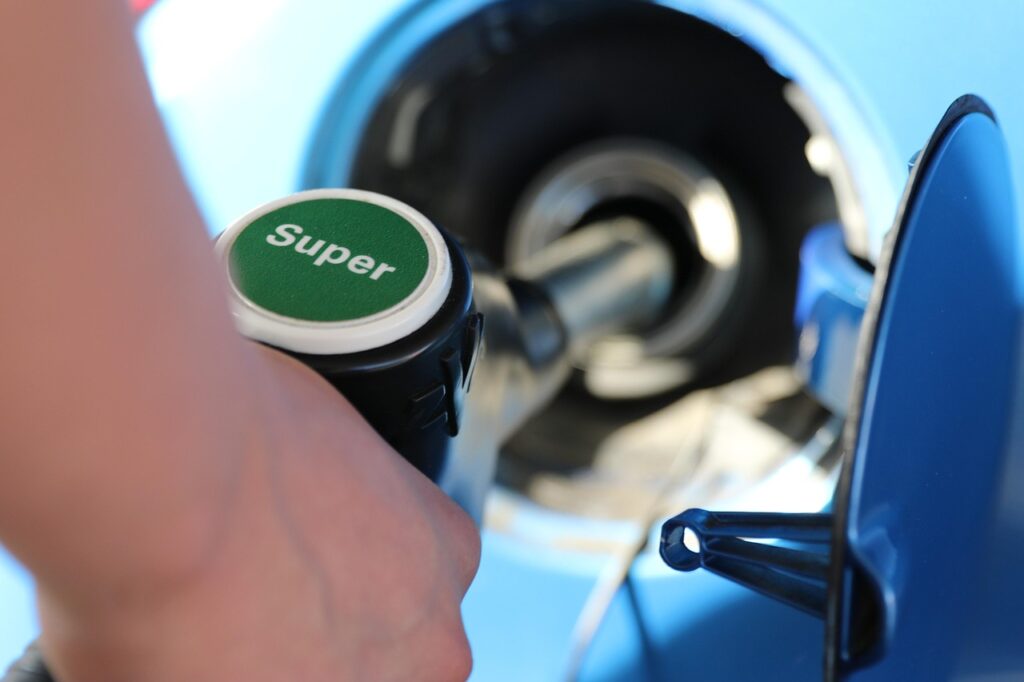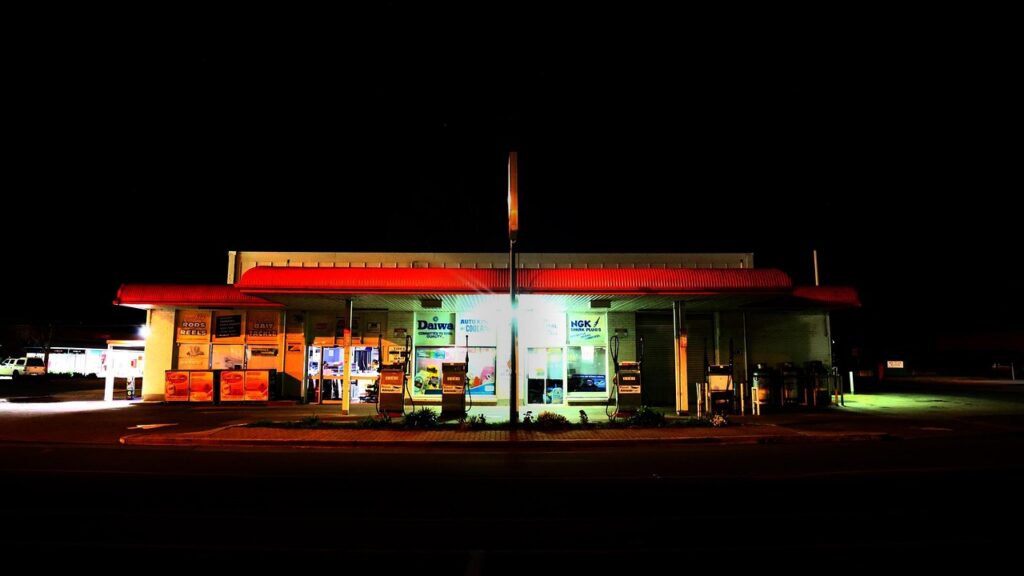
The familiar sight of the gas station, an ubiquitous icon of modern mobility, is undergoing an unprecedented transformation. For decades, these hubs have served as vital arteries in our transportation network, not just dispensing fuel but also anchoring local convenience stores that cater to our on-the-go needs. Yet, as the world grapples with climate change, technological breakthroughs, and shifting consumer preferences, the very essence of what a ‘gas station’ represents is being redefined. We stand at a pivotal moment, observing a dramatic pivot from a commodity-based fuel model to a future rich in diverse energy offerings and hyper-personalized customer experiences.
The journey ahead promises not merely an evolution but a profound revolution, challenging existing business models and sparking innovation across the entire energy landscape. From the razor-thin margins of traditional fuel sales to the burgeoning opportunities presented by electric vehicles (EVs) and alternative energy sources, every facet of the industry is under scrutiny. This in-depth exploration will unpack the forces at play, examining how policy, technology, and market dynamics are collectively shaping what will emerge as the ‘energy station’ of tomorrow.
Join us as we navigate this complex and exciting terrain, delving into the historical roots that laid the groundwork for today’s fuel industry and projecting forward to the dynamic, multi-faceted future that awaits. We’ll explore the critical shifts driving this change, the innovative solutions emerging, and the strategic decisions that will determine which businesses thrive in this new era of mobility. This isn’t just about pumps and gasoline anymore; it’s about reimagining the entire ecosystem of convenient energy access.

1. **The Genesis of the Fuel Industry**The modern fuel industry, as we know it, traces its formidable roots back to the late 19th century, inextricably linked with the visionary figure of John D. Rockefeller and the establishment of Standard Oil. It was in 1870, in Ohio, that Rockefeller founded this enterprise, which would swiftly ascend to an unparalleled dominance within the American oil sector. His strategic acumen, combined with aggressive business tactics and a relentless focus on refining efficiency, allowed Standard Oil to control an astonishing nearly 90% of U.S. refineries and pipelines by the 1880s, effectively monopolizing the nascent industry.
This era wasn’t just about oil; it was about establishing the foundational infrastructure and business models that would, in time, pave the way for the extensive network of fuel stations we recognize today. Rockefeller’s empire not only produced the fuel but also dictated its distribution, setting a precedent for scale and integration that would influence global energy markets for generations. It was a period of intense growth and consolidation, demonstrating the immense power that could be amassed through control over a vital commodity.
However, this dominance also attracted the attention of regulators. In a landmark decision in 1911, the U.S. Supreme Court found Standard Oil in violation of antitrust laws, leading to its historic breakup into 34 separate companies. Far from dissolving the industry, this dissolution merely reconfigured it, giving rise to many of the major players that would define the global oil market, such as Exxon, Mobil, and Chevron. This structural shift allowed for greater competition, yet the core principles of large-scale production, refining, and distribution remained firmly entrenched.
The industry’s expansion continued unabated on a global scale, fueled by the discovery of vast oil reserves in regions like the Middle East, Africa, and South America. This internationalization ensured that the influence of the fuel industry became truly global, impacting economies, geopolitics, and daily life across continents. The legacy of these pioneering efforts continues to shape how we think about energy supply and its infrastructure, even as we look towards radically different futures.
Read more about: Navigating the New Golden Age of Travel: 12 Essential Insights for Retirees
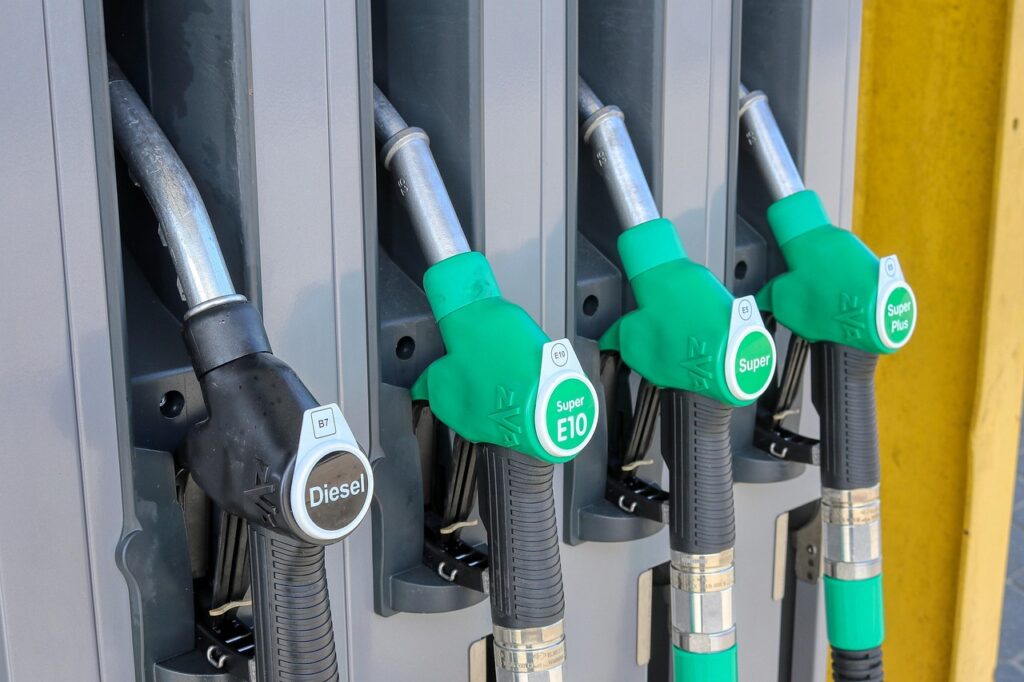
2. **The Evolution of Fuel Types: From Kerosene to Alternatives**Initially, when crude oil was first widely processed, kerosene stood as its primary product, serving an essential role in lighting lamps across homes and businesses. This early focus on illumination highlights a stark contrast with the diversified energy demands of today, illustrating how technological shifts can entirely redefine the value and application of a resource. Kerosene was the workhorse of its time, powering a domestic revolution long before the advent of personal transportation.
The real game-changer for the oil industry, however, arrived with the invention of the automobile and the subsequent development of the internal combustion engine in the late 19th and early 20th centuries. This profound innovation swiftly transformed gasoline from a less-valued byproduct into an indispensable and highly sought-after commodity. As car ownership surged, so too did the demand for gasoline, triggering the widespread proliferation of gas stations that would become a ubiquitous feature of the modern landscape, facilitating unprecedented personal mobility.
Fast forward to the present, and the narrative around fuel is evolving once more, driven by a global imperative for sustainability. The advent of alternative fuels marks the latest chapter in this ongoing evolution. Ethanol, derived from corn and other plant materials, has emerged as a significant renewable fuel additive, blending seamlessly with gasoline to reduce reliance on fossil sources. Similarly, biodiesel, produced from vegetable oils and animal fats, has gained considerable traction as a cleaner-burning diesel alternative, particularly in heavy-duty transport sectors.
Beyond these bio-based solutions, more advanced alternatives are also showing promise, signaling a further diversification of energy sources available at future fueling points. Hydrogen fuel cells, offering zero tailpipe emissions, and natural gas, often seen as a cleaner-burning fossil fuel, present additional compelling alternatives to traditional gasoline and diesel. These developments underscore a future where consumers may have a much broader array of choices at the pump, or rather, at the energy dispenser.
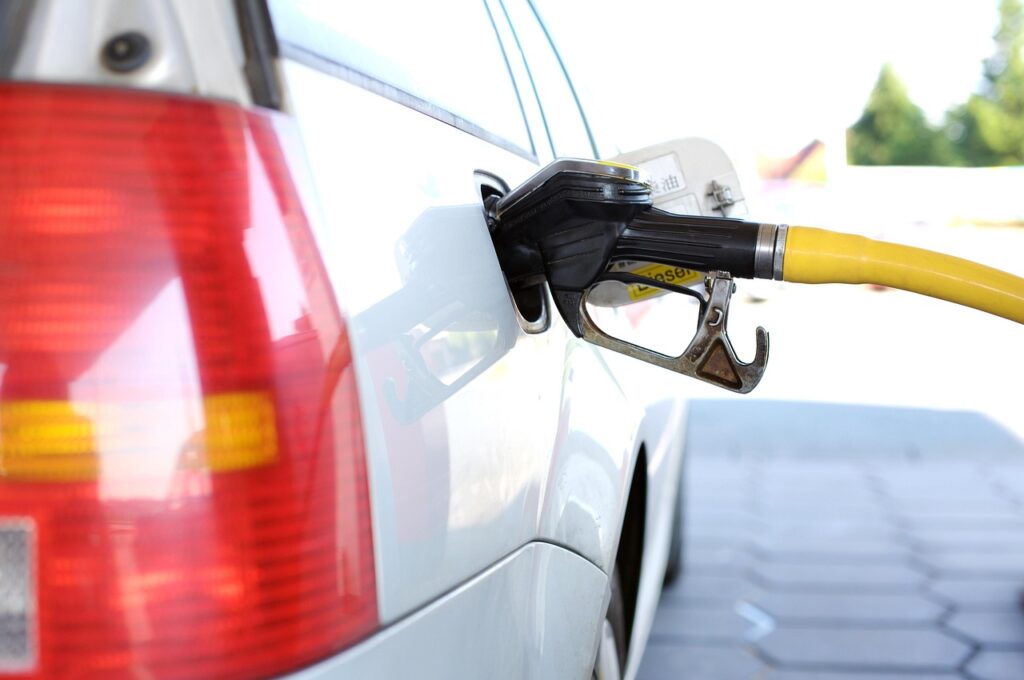
3. **Environmental Imperatives and Regulatory Shifts**By the mid-20th century, the burgeoning prosperity fueled by abundant fossil fuels began to reveal its environmental costs, ushering in a new era of awareness and concern. Issues such as pervasive air pollution, devastating oil spills, and the growing specter of climate change became increasingly apparent, compelling governments and societies worldwide to confront the unsustainable aspects of unchecked energy consumption. This awakening catalyzed a fundamental shift in how industries and policymakers approached energy production and usage.
In response to these pressing environmental challenges, governments began to implement stricter regulations on fuel production and consumption. This included the introduction of higher taxes on gasoline, aimed at discouraging excessive use and funding environmental initiatives, alongside the establishment of rigorous emissions standards for vehicles. These policy instruments served as powerful catalysts, pushing both the automotive and oil industries to invest heavily in research and development, spurring innovation in cleaner technologies and more efficient engines.
Experts like John Eichberger, executive director of the Transportation Energy Institute, emphasize that the future of fuel policies will be heavily influenced by efforts to reduce life-cycle carbon emissions. He notes that if policy aims to credit carbon reductions throughout the ‘well-to-wheel’ lifecycle, then there will be an “enhanced attention on low-carbon liquid fuels.” This suggests a systemic approach, where every stage of fuel production and consumption is optimized for environmental impact, not just the tailpipe.
Such an approach could mean a significantly larger role for biofuel blends and the deployment of advanced carbon reduction technologies across the entire supply chain—from oil fields and refineries to feedstock agricultural fields and biorefineries. The objective is clear: to reduce the carbon intensity of fuel, ideally making the transition transparent and beneficial to the customer. As Eichberger put it, to the customer, it should be “No difference. It’s just a fuel with a low-carbon intensity, and that’s a positive thing,” highlighting the industry’s drive to deliver environmental benefits without compromising convenience.
Read more about: The ‘Worst’ Vehicle Inspection Policies? Examining 12 States with Minimal Requirements
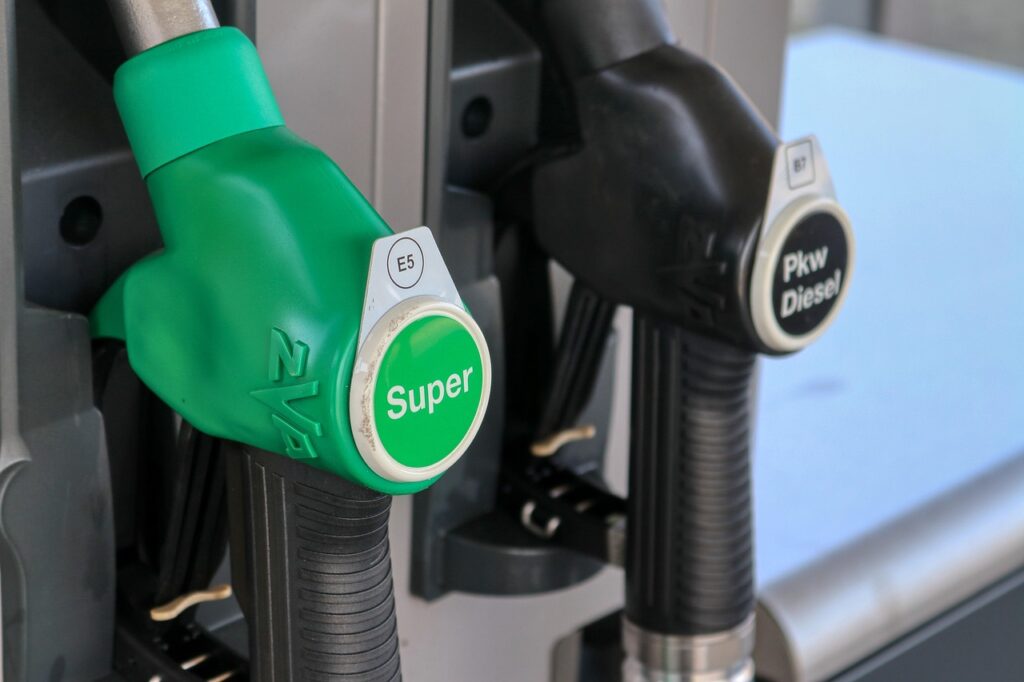
4. **The Rise of Electric Vehicles and Their Disruptive Impact**The 21st century has undeniably witnessed a seismic shift in the automotive landscape, marked by the significant rise of electric vehicles (EVs). This transformative trend has been propelled by a dual imperative: mounting global concerns over greenhouse gas emissions and rapid, often breathtaking, advancements in battery technology. These factors have converged to make EVs not just a viable alternative but an increasingly compelling choice for consumers worldwide, fundamentally altering the trajectory of personal transportation.
Trailblazing companies like Tesla have played a pivotal role in spearheading this EV revolution, successfully demonstrating that electric cars can be both high-performance and eminently desirable, challenging long-held perceptions about electric mobility. Their success has, in turn, spurred major automotive manufacturers to invest heavily in electric and hybrid technologies, creating a competitive environment that further accelerates the decline in traditional gasoline consumption. This collective industry pivot signals a profound, irreversible shift away from solely fossil-fueled vehicles.
These ongoing efforts to grow EV usage are already making substantial progress and their impact is prompting significant changes at gas stations. According to BloombergNEF’s latest Electric Vehicle Outlook report, EVs of all types are already displacing an impressive 1.7 million barrels per day of oil usage, a figure equivalent to approximately 3% of total road fuel demand. This trend unequivocally underscores the transformative potential of EVs in reshaping the energy market, proving that their influence is not a distant future but a present reality.
John Eichberger observes that we will inevitably “see a lot more stores with chargers on the side.” However, he also wisely cautions against overstating the immediate scale of change, noting that “with some notable exceptions I don’t envision that the forecourt with petroleum that we see today is going to be replaced by anything dramatic in the next ten years.” This pragmatic view acknowledges the inertia of the existing 280 million-plus vehicles in the United States, emphasizing that no technology can replace such a massive installed base overnight. The transformation, while certain, will be incremental for most locations.
Read more about: Seriously, What Happened? 10 Iconic Headlight Styles That Vanished From Modern Cars
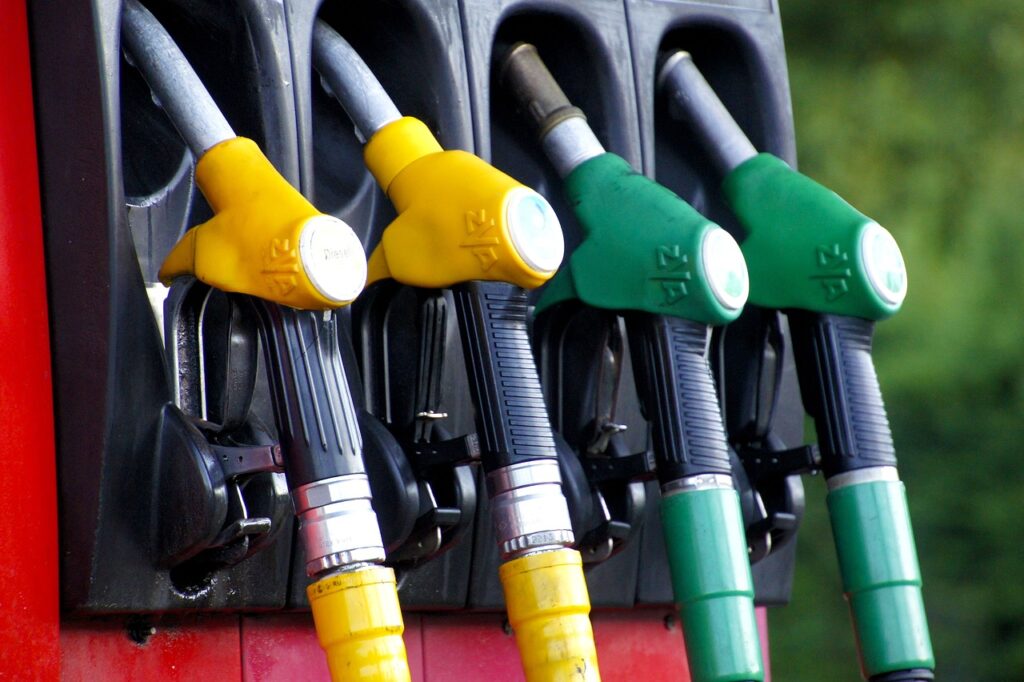
5. **The Declining Profitability of Traditional Fuel Sales**For decades, the business model of traditional gas stations has hinged on selling gasoline, a high-volume commodity with notoriously slender profit margins. The net profit per gallon, after accounting for a myriad of operational costs such as labor, utilities, insurance, and the ever-present credit card transaction fees, typically hovers around a mere $0.03-$0.07. This translates into a net profit margin of less than two percent, a challenging landscape that ranks below even other low-margin businesses like grocery stores and car dealerships.
This razor-thin profitability is further exacerbated by the inherent volatility of the global oil market. Fluctuations in crude oil prices, often influenced by geopolitical events or supply chain disruptions, can quickly erode these already slim profits, making it exceedingly difficult for store owners to recover costs during periods of low margins. Such an unpredictable economic environment demands extraordinary operational efficiency and a constant search for alternative revenue streams to maintain viability.
Consequently, station operators have long relied heavily on in-store convenience sales to stay afloat, acknowledging that fuel often serves as a loss leader. Profits generated from items like food and drinks, candy, tobacco products, and lottery tickets are crucial for offsetting the minimal earnings from gasoline. This dependence on impulse purchases and captive customers highlights the precarious nature of the pure fuel retail model, underscoring why convenience stores are integral to the gas station ecosystem.
The trajectory for traditional fuel retail networks looks increasingly bleak without significant strategic adjustments. According to research from the Boston Consulting Group (BCG), fuel retail networks are “well on track to unprofitability by 2035,” even under scenarios where new mobility models are less disruptive and fossil fuel sales do not precipitously decline. This stark warning underscores the urgent financial imperative for gas-convenience stores to electrify and diversify their business models, shifting from a declining commodity market to a more sustainable and profitable future.
Read more about: Sudden Exit: 11 Iconic Auto Brands That Vanished From The Market And Their Lasting Impact
6. **The Concept of ‘Energy Stations’ and Future Business Models**With traditional gas station numbers experiencing a sharp decline over the past three decades, and with a consulting firm like BCG projecting that “at least a quarter of service stations globally are at risk of closure by 2035 without significant business model tweaks,” the industry faces an undeniable crossroads. The imperative for change is clear: fuel retail businesses must fundamentally adapt to an evolving landscape, transforming from mere gasoline providers into comprehensive ‘energy stations’ that serve a broader spectrum of mobility needs.
Sia Partners, a global management consulting firm, has outlined four essential levers for this critical transformation, providing a strategic roadmap for sustained profitability. The first is **Energy Diversification**, which entails expanding the array of energy products offered. This includes integrating EV charging stations, exploring hydrogen fuel options, and incorporating various biofuels, moving beyond a singular reliance on petroleum-based products to cater to a multi-modal future.
The second lever focuses on enhancing the **Customer Experience**. This involves elevating service quality through premium offerings and embracing digital innovations, such as developing intuitive mobile apps for seamless payments and implementing engaging loyalty programs. The goal is to create a more convenient, personalized, and rewarding interaction for every customer, regardless of their vehicle type or energy need.
**Adjacent Services** constitute the third crucial lever. This strategy involves providing additional services through expanded retail activities or reimagining gas stations as ‘mobility hubs.’ Such hubs could offer services like bike-sharing, car rentals, and various maintenance services, effectively transforming the site into a one-stop destination for diverse travel-related needs. Joe Bona, founder of Bona Design Lab, eloquently captures this vision by saying it’s about “finding those other opportunities to serve people when they’re going from point A to point B no matter what they drive, whether they’re charging or filling—and when they’re not charging or filling.”
Finally, **Efficiency** is paramount. This lever emphasizes driving both cost and time efficiencies through strategic partnerships and continuous operational optimizations. By streamlining processes, adopting smart technologies, and collaborating with key industry players, energy stations can ensure long-term viability and profitability. This holistic approach, from diversified energy to enhanced services and operational excellence, is crucial for navigating the shift from commodity-based models to hyper-personalized customer experiences, ensuring that convenience remains central to the future of fueling.
Read more about: Lost, But Never Forgotten: An Enthusiast’s Guide to the Masterful Engineering, Design, and Cultural Impact of Television’s Island Saga
7. **Energy Diversification: Beyond Gasoline and Diesel**The future of vehicle fueling is increasingly pointing towards a mosaic of energy options, moving well beyond the traditional confines of gasoline and diesel. The concept of an ‘energy station’ inherently embraces a broader array of products, reflecting a strategic imperative to cater to a diverse and evolving vehicle fleet. This diversification is not merely an option but a necessity for retailers aiming to remain relevant in a rapidly changing market.
One significant aspect of this diversification involves the expanded role of biofuels. As John Eichberger points out, policies aimed at reducing carbon emissions could mean that “biofuel blends will play a bigger role.” This includes not only enhancing existing ethanol blends like E15 into traditional gasoline but also increasing the adoption of renewable biodiesel. These fuels offer a pathway to reducing the carbon intensity of transportation, often with minimal changes required for existing internal combustion engines and infrastructure, making the transition almost transparent to the consumer, as Eichberger highlighted.
Beyond liquid fuels, the spotlight is increasingly turning to entirely new energy carriers. Hydrogen, for instance, “shows some promise,” according to Jeff Lenard of NACS. While its potential for zero-emission transportation is compelling, its current availability remains minimal, primarily limited to California, and it still lacks a full-fledged fueling network. For hydrogen to become a widely adopted alternative, consumers need to feel “really comfortable with where they can get it,” a level of certainty that currently only petroleum and, increasingly, EV charging can provide.
Another emerging contender in the diversification mix is ‘e-fuels,’ particularly in Europe, where Lenard notes “a little traction.” These fuels are described as “carbon-neutral in how they’re produced” and are designed to “act exactly like traditional petroleum products in terms of how they’re dispensed.” This innovation offers the intriguing possibility of retaining the convenience of liquid fuel infrastructure while achieving significant environmental benefits. However, the industry must be careful not to overwhelm customers with too many choices, as Lenard cautions that “if there are somehow ten different fuels that are relatively popular, it’s going to be very difficult for anybody to sell all of them very well,” due to complexity and land requirements. Thus, strategic selection and broad adoption of a few key alternatives will be crucial for success.
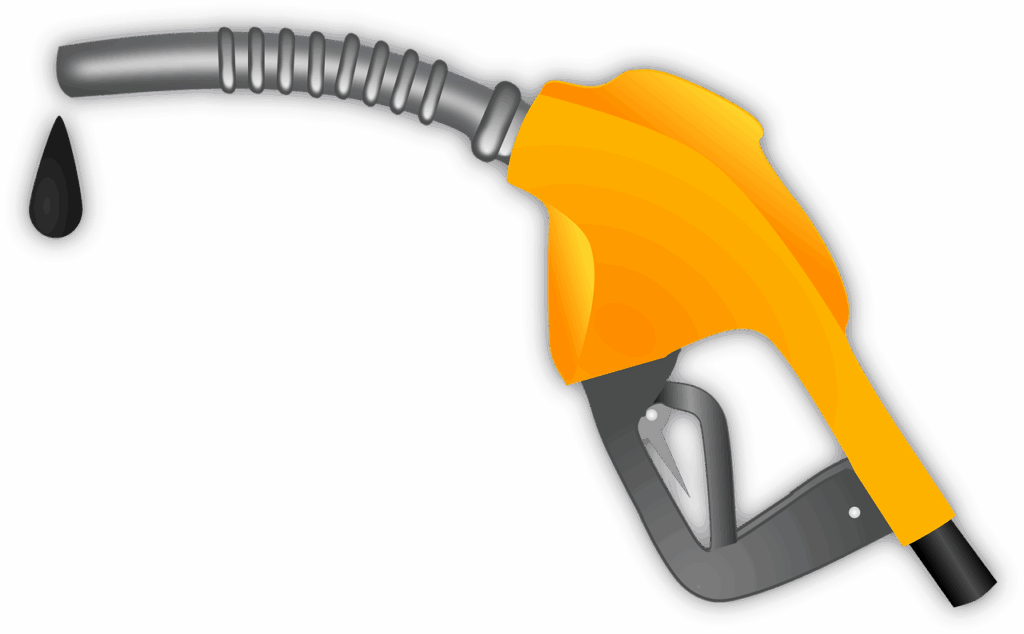
8. **The Nuances of EV Charging Infrastructure: Level 3 and Beyond**As gas stations increasingly consider their role in an electrified future, the type of charging infrastructure they embrace becomes paramount. Unlike the slower charging options typically found at office complexes, hospitals, or hotels, where vehicles remain parked for extended periods, gas stations are zeroing in on Level 3 chargers. These are the workhorses of rapid replenishment, designed to charge an electric vehicle in a brisk 20 to 30 minutes, closely aligning with the traditional ‘fill-up’ timeframe, thereby minimizing customer dwell time—a crucial factor for a quick-stop business model.
However, this speed comes with a significant investment. Deploying multiple Level 3 charging units can incur substantial upfront costs, ranging anywhere from $500,000 to an eye-watering $1 million. These figures encompass not just the sophisticated hardware but also the complex installation and grid connection requirements. For independent operators, this monumental financial undertaking demands a clear strategic vision and a robust return on investment model to justify the capital outlay.
Operational expenses for these fast-charging stations are also a critical consideration. Unlike many slower public chargers that might be offered free of charge, Level 3 stations typically come with fees for motorists. These charges are essential to cover the continuous operational costs, including significant electricity consumption and the extra utility fees that commercial settings often incur, as highlighted by Seth Cutler, chief operating officer of EV Connect. Such ongoing costs are central to their economic viability, differentiating them from free, slower charging options.
Beyond the financial outlay, the physical integration of these chargers into existing sites presents its own set of logistical puzzles. As Neha Palmer, chief executive of TeraWatt Infrastructure, points out, “Figuring out how to do this on an active site can be complex and challenging.” Station owners must grapple with questions of construction sequencing, ensuring minimal disruption to ongoing fuel and convenience store operations. This intricate transformation demands careful planning to maintain customer flow and safety.
Read more about: Beyond the Garage: The Ultimate 12-Point Safety Checklist for Classic Car Road Trips
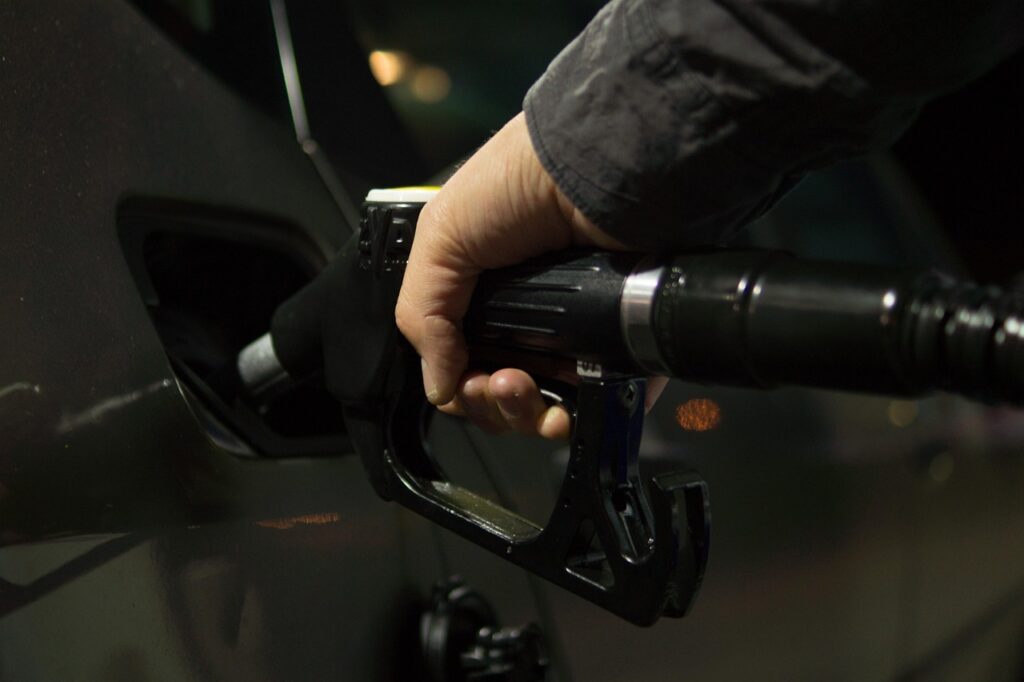
9. **Strategic Site Design for EV Charging: Location, Location, Location**The strategic placement of EV chargers on a gas station site is a complex puzzle, balancing customer convenience, operational efficiency, and spatial limitations. A key dilemma is whether to allocate prime parking spots to chargers or relegate them to less desirable areas. Jeff Lenard of NACS asks, “Do you put your chargers in your best parking spots or your worst parking spots?” This choice impacts both customer experience and site turnover, given the 20-30 minute charging duration.
If chargers occupy prime spots, these valuable spaces are tied up longer, potentially hindering quick turnover for other services. Yet, placing them in less convenient areas might deter drivers from using the service or visiting the store. This delicate balance demands thoughtful site planning that anticipates diverse customer behaviors and optimizes traffic flow across the entire property, ensuring the location remains truly convenient for all patrons.
Practical considerations, particularly access to power, have historically influenced charger placement, with engineers often prioritizing proximity to the power supply ingress to reduce costs. However, this often places chargers “out by the curb,” a location that, while cost-effective for installation, is less inviting for customers aiming to access convenience store amenities. This highlights the need to merge engineering efficiency with a deep understanding of human psychology and evolving customer expectations for a seamless experience.
Many existing convenience stores, often built on smaller footprints, face inherent spatial constraints. Joe Bona of Bona Design Lab notes that giving up multiple parking spaces for charging can be challenging for sites with limited parking, especially when those spaces are occupied for extended periods. Furthermore, the absence of canopies over charging stations challenges traditional design, with Eichberger observing that “very rarely do you charge and find a canopy over you.” He speculates that “the charging site of the future looks more like a Sonic,” suggesting a drive-in model integrating charging with in-vehicle service, rather than a direct replication of the traditional fuel island.
Read more about: Unlock Continuous Power: 13 Essential Ways to Keep Your RV’s 12-Volt Battery Charged on Every Adventure
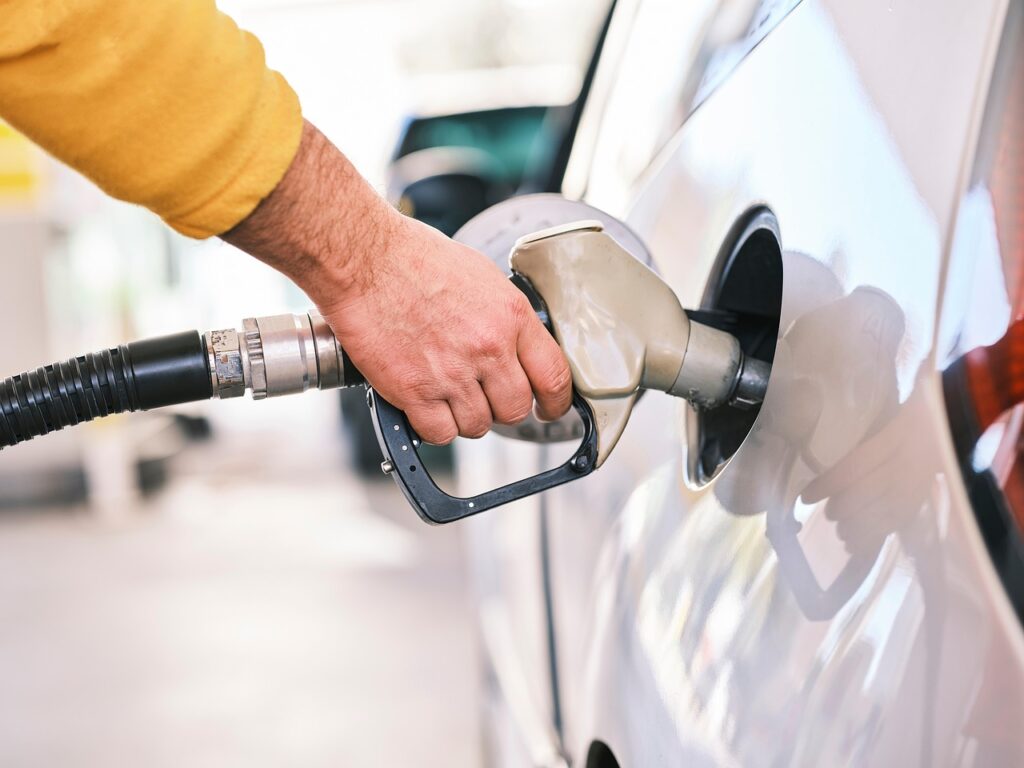
10. **Policy and Incentives Catalyzing EV Infrastructure Growth**The rapid expansion of electric vehicle charging infrastructure is not solely market-driven; it is significantly bolstered by proactive governmental policies and a robust network of incentives. The Biden administration, for instance, has set an ambitious goal of deploying 500,000 electric vehicle chargers nationally, aiming for EVs to constitute at least 50% of new car sales by 2030. This top-down directive underscores a national commitment to accelerating the transition to electric mobility.
Currently, with over three million EVs on American roads and more than 130,000 public chargers nationwide, there’s a substantial gap that federal programs are designed to bridge. The U.S. Department of Transportation’s Federal Highway Administration NEVI Formula Program provides generous funding to states specifically for the strategic deployment of EV charging stations. Significantly, over 50% of this federal funding for highway EV chargers is targeted directly at gas stations and truck stops, acknowledging their existing logistical advantages in high-demand travel corridors.
Beyond federal initiatives, numerous state and utility-based incentives are available for commercial businesses installing fast chargers. These localized programs further de-risk investments and accelerate deployment, particularly in regions with assertive EV policies like California. These multifaceted incentives create a powerful economic pull, encouraging gas stations to adapt and embrace the new energy paradigm by making the transition more financially viable for independent operators.
The impact of these policies is already evident, with Florida, New York, and Texas identified as next big growth markets for EVs. This indicates where retailers should prioritize investment in charging infrastructure. As John Eichberger wisely notes, adding EV charging “doesn’t replace your fuel pump. It is an additional service,” emphasizing that these policy-backed expansions are about broadening offerings, not necessarily a wholesale replacement of traditional fuel for the immediate future.
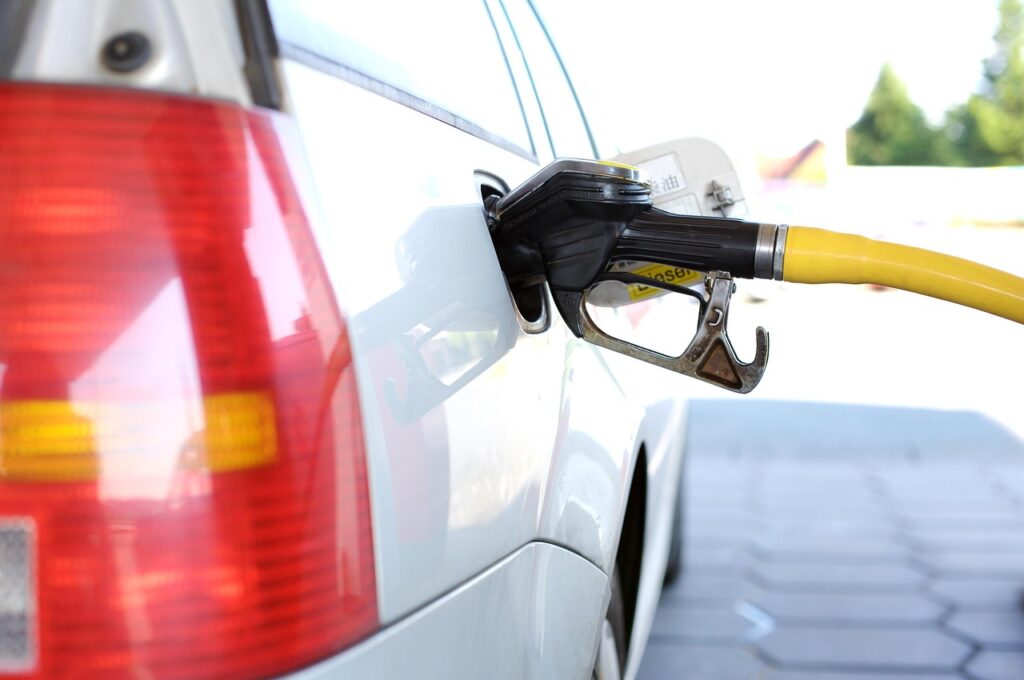
11. **The Financial Imperative: Costs, ROI, and Smart Solutions**Electrifying a gas station demands significant capital investment and a carefully considered financial strategy. The upfront costs for hardware and software associated with fast charging can range dramatically, from approximately $50,000 for a single charger to $500,000 for multiple units, as highlighted by Michael Hughes of ChargePoint Holdings. However, the underlying infrastructure—site preparation, running power lines, permits, and contractors—typically costs about twice the amount of the hardware itself, adding substantially to the initial outlay.
This substantial investment necessitates a long-term perspective, with estimates suggesting an average return on investment (ROI) period of seven to ten years. Rohan Puri, CEO of Stable Auto Corporation, advises operators to “Put in as much power as you think you’re going to need in 10 years” to mitigate future costly upgrades. Such foresight is crucial in navigating the economic realities of a rapidly evolving energy landscape where initial infrastructure choices have lasting financial implications.
Beyond the initial investment, ongoing operational costs, particularly high electricity expenses, pose a persistent challenge. Utility companies face constraints in generation and transmission, making infrastructure expansion costly. As EV adoption escalates, utilizing infrastructure during non-peak times becomes vital for grid stability. Energy pricing thus acts as both a cost element for operators and a mechanism for controlling grid load, urging for intelligent consumption patterns to avoid overwhelming existing energy infrastructure.
The complexity of managing these costs and optimizing energy usage underscores the critical need for smart charging solutions. These technologies help drivers and hosts choose charging times that optimize costs and minimize grid impact. Specialized platforms like Driivz offer robust solutions for managing EV charging networks at scale. Driivz, a proven platform, enables larger companies—including utilities and oil/gas firms—to deploy unified solutions, supporting diverse business models and ensuring regulatory compliance, proving essential for securing long-term success in the electrified landscape.
Read more about: Beyond the Cord: Unpacking Apple’s USB-C Revolution and What It Signals for the Future of Connectivity, Innovation, and the Tech Ecosystem
12. **Evolving Role of Convenience Stores: From Pit Stop to Destination**For decades, convenience stores have served as an indispensable complement to gas stations, transforming a mere fuel stop into a quick opportunity for provisions. This symbiotic relationship has become even more critical as the profitability of traditional fuel sales dwindles. In-store sales now represent a vital lifeline for many operators, with profits from food, beverages, snacks, tobacco, and lottery tickets essential for offsetting the notoriously razor-thin margins from gasoline. This solidifies their integral role in the gas station ecosystem.
The demand for convenience is continually evolving, driven by shifting consumer habits. Convenience stores now find themselves in direct competition with Quick Service Restaurants (QSRs), pushing operators to innovate their offerings beyond basic snacks to more robust prepared food selections and localized menus. Initiatives like 7-Eleven’s 7NOW online delivery app and Gold Pass subscription exemplify this pivot, enhancing convenience for busy consumers and increasing revenue opportunities outside of fuel sales.
As electric vehicles become more prevalent, convenience stores face a unique opportunity to deepen customer engagement. The longer dwell times associated with EV charging—typically 20 to 30 minutes—mean drivers spend more time on-site, creating enhanced opportunities for impulse purchases and upselling. This extended presence can lead to a greater “share-of-wallet,” transforming a brief transactional interaction into a more leisurely, retail-oriented experience, provided the right amenities and product assortments are in place.
Operators understand that simply having chargers is insufficient; the convenience store experience must also be compelling. Brands like Buc-ee’s exemplify this model, creating sprawling roadside destinations that combine fuel with an extensive array of offerings, from hot foods to unique merchandise and clean restrooms. These “mobility hubs” are designed to turn impulse buyers into repeat customers by offering diverse items and distinctive additions, making the stop part of the journey’s enjoyment rather than just a necessity, effectively redefining convenience for the modern traveler.
Read more about: Remember These? 14 Classic Film & Video Formats That Faded into History
13. **Beyond the Forecourt: Where Else Do EVs Charge?**While gas stations grapple with integrating EV charging, it’s crucial to acknowledge that the majority of electric vehicle charging occurs away from traditional fueling points. Seth Haas-Levin, vice president of marketing for the Grubbs family of automobile dealerships, points out that “there are a lot of customers right now who are EV owners who aren’t looking for a gas station” to get a charge. This observation highlights a fundamental difference in consumer behavior between gasoline and electric vehicle owners.
A staggering 80 percent of EV charging typically happens at home, leveraging the convenience of overnight charging in personal garages or driveways. This primary mode significantly reduces the perceived need for frequent public charging, especially for daily commutes. For in-town gas stations, this statistic makes the investment in expensive fast chargers less appealing, as their local customer base might not be seeking charging services during routine errands.
Instead, EV drivers often seek out charging opportunities at locations where they already spend extended periods. Workplaces have emerged as significant charging hubs, with companies like Grubbs installing numerous charge ports for their employees, leading to a noticeable shift in commuting habits. “We have a handful of employees who have switched to EVs because they can charge at work,” Haas-Levin explains, detailing Grubbs’ installation of 48 standard EV charge ports and four fast-charge ports across its dealerships.
Similarly, other destinations such as grocery stores, retail centers, hospitals, and hotels are increasingly becoming critical nodes in the public charging network. These locations align perfectly with the natural rhythms of daily life, allowing drivers to combine essential errands or leisure activities with their charging needs. This decentralized charging ecosystem means gas station operators must define their unique value proposition in a world where the “fuel tank” is increasingly refilled while the car is otherwise parked, making the traditional forecourt just one of many options for EV drivers.

14. **The Resurgence of Hybrid Vehicles: A Bridge Technology**Amidst the vigorous debate surrounding the rapid transition to pure electric vehicles, a significant development is quietly reshaping the automotive landscape: the resurgence and growing prominence of hybrid vehicles. These vehicles, combining a traditional internal combustion engine with an electric motor and battery, are proving to be a critical bridge technology, offering enhanced fuel efficiency and reduced emissions without demanding a complete overhaul of existing fueling infrastructure or consumer habits.
Recent regulatory shifts have further emboldened this trend. In March, the EPA issued new rules widely seen as favorable to hybrid vehicles, providing a clear signal of their enduring relevance. This policy support quickly translated into concrete commitments from major automakers, with General Motors and Ford announcing renewed dedication to increasing hybrid model production, indicating a strategic pivot in their product portfolios to meet evolving market demands and regulatory frameworks.
For convenience retailers, this re-emphasis on hybrids is overwhelmingly positive. As John Eichberger of the Transportation Energy Institute points out, “Hybrids will continue to gain market share… For the convenience retailer that’s great, because they run on gasoline.” While more efficient, hybrids still rely on traditional fuel, ensuring a continued revenue stream for gas stations even as the overall fleet becomes greener. This offers a more gradual and financially manageable path for operators than an immediate, full-scale conversion to EV-only infrastructure.
Seth Haas-Levin further validates this perspective, noting that “based on how things are performing in the market… a lot of the manufacturers are going to go towards the plug-in hybrid option.” Plug-in hybrids, offering greater electric-only range before switching to gasoline, provide consumers with crucial flexibility and ease anxieties about range and charging infrastructure. This balanced approach caters to diverse consumer needs, ensuring that the transition away from fossil fuels is both effective and achievable, rather than abrupt and disruptive for all stakeholders.
Read more about: Unpacking the U-Turn: 14 Key Reasons EV Owners Are Considering a Switch Back to Internal Combustion
15. **The Future’s Guiding Principle: Customer-Defined Convenience**As the gas station industry navigates its profound transformation, one fundamental principle remains constant: the unwavering importance of convenience. However, in this evolving landscape, the definition of “convenient” is no longer solely dictated by industry players but increasingly shaped by the diverse and dynamic preferences of the customer. Jeff Lenard of NACS encapsulates this truth, stating, “The only thing I can say with certainty is that the gas station of the future will be convenient, and that ‘convenient’ will be defined by the customer.”
This customer-centric definition of convenience is a multifaceted equation, intricately tied to “a combination of the cars that are being sold and car buyers’ comfort with their ability to keep the vehicle fully fueled or charged wherever they are.” It acknowledges that different energy sources—whether traditional petroleum, advanced biofuels, or electric charging—will coexist, and the ultimate success of future energy stations will hinge on their ability to seamlessly cater to all these needs, providing peace of mind and effortless access regardless of the vehicle type.
Innovation in convenience could even extend to payment and interaction methods. Joe Bona discusses the exciting possibility of an “EZ Pass-like technology application” where vehicles are automatically recognized, linked to a credit card, and charged without any manual intervention. “You could just drive up to the pump, take the nozzle off, fill up and it’s automatically charged. And you just drive away,” he envisions. Such frictionless transactions embody the ultimate in customer convenience, minimizing interaction time and maximizing efficiency at the point of service.
The transformation from traditional commodity-based models to hyper-personalized customer experiences is not just about the type of energy dispensed; it’s about reimagining the entire ecosystem of convenient energy access. It involves understanding the evolving demands of mobile populations, leveraging technology to streamline operations, and diversifying services to cater to a broader spectrum of needs. In this exciting new era, convenience retail’s basic mission remains robust: to serve people effectively as they move from point A to point B, ensuring these vital hubs continue to thrive.
**Concluding Thoughts: Pioneering a Resilient Mobility Future**
The journey from the ubiquitous gas station of yesterday to the dynamic energy station of tomorrow is a testament to relentless innovation and strategic adaptation. We are witnessing not merely a transition but a complete metamorphosis, one that promises a mobility landscape far more diverse, sustainable, and intimately connected to the needs of the individual traveler. While challenges abound, from infrastructure complexities to shifting consumer expectations, the opportunities for pioneering new business models and redefining convenience are immense. The future of fueling will be shaped by those who dare to envision beyond the pump, transforming essential stops into vibrant hubs that power not just vehicles, but also communities and experiences. This isn’t an end to an era, but the dawn of a more intelligent, integrated, and environmentally conscious age of travel.

